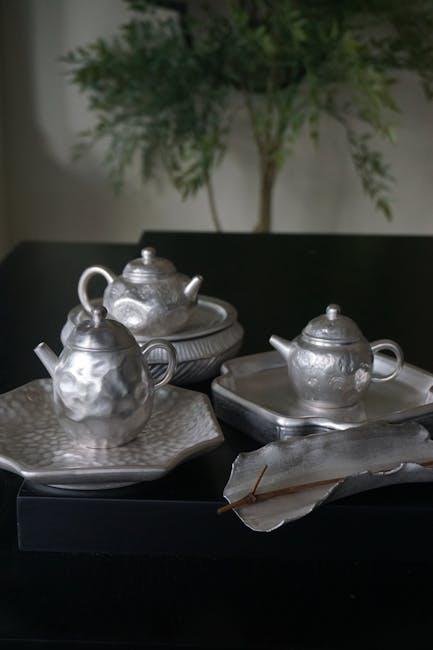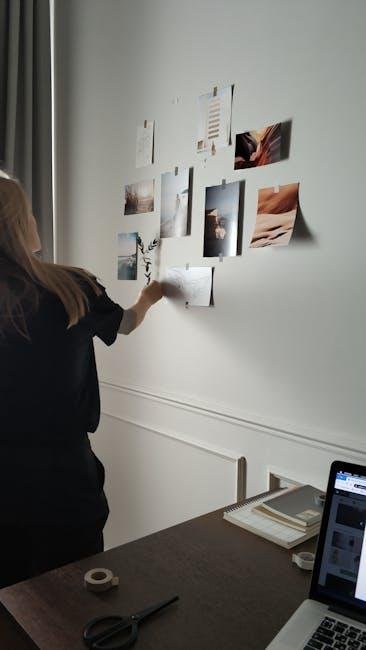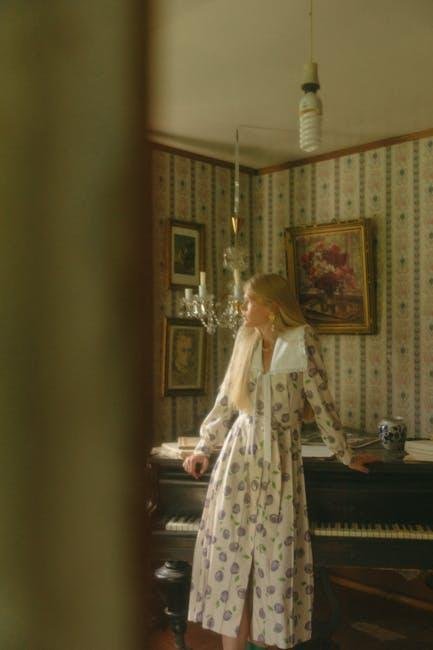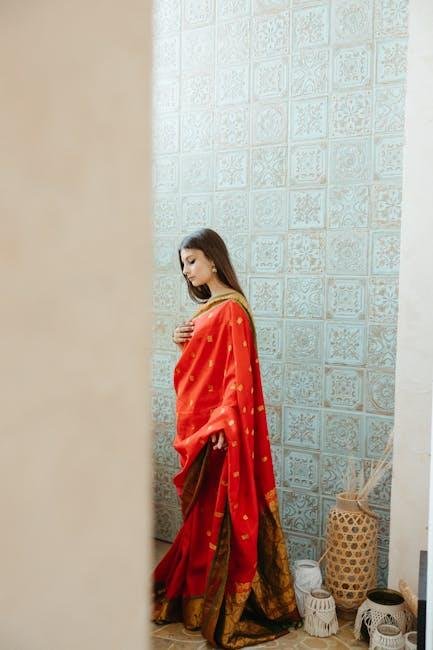In a world awash with fleeting trends and ever-evolving design fads, the allure of a classic room endures—a sanctuary where timeless elegance meets functional beauty. As the heartbeat of a home, the classic room serves as a canvas where personal style mingles harmoniously with enduring principles of design. But what truly defines a well-styled classic room? Is it the careful selection of furniture that has withstood the test of time? The color palette that whispers sophistication? Or perhaps it’s the thoughtful layering of textures and accessories that invites both comfort and conversation? In this exploration, we will dissect the elements that come together to create a space that not only captivates the eye but also nourishes the soul, revealing the intricacies of classic aesthetic that transform mere living quarters into a heartfelt home. Join us as we delve into the anatomy of a well-styled classic room and uncover the secrets behind it’s enduring appeal.
Understanding the Foundations of Timeless Design
To create a space that reverberates with timeless elegance, one must delve into the core principles that underpin excellent design. Balance is the heartbeat of any well-styled classic room; it can be achieved through the judicious placement of furniture, artwork, and decorative elements. Emphasizing symmetry not only creates visual harmony but also promotes a feeling of comfort. In addition to balance, proportion plays a crucial role, dictating how the size of various components relates to one another and to the room itself. This consideration ensures that every piece, from a grand chandelier to a delicate side table, complements rather than overwhelms the space.
A harmonious color palette is another foundational aspect that breathes life into classic design. Rich, muted tones such as deep emerald greens, warm taupes, and soft creams invite tranquility and sophistication. When combined with textures like soft wool, smooth silk, and rustic wood, a tactile dimension is introduced that captures the eye and beckons touch. Moreover,the integration of lighting—both natural and artificial—is pivotal; it delineates zones,accentuates architectural features,and highlights decor elements. Below is a concise overview of essential elements to consider:
| Element | Function |
|---|---|
| Balance | Creates harmony through symmetry |
| Proportion | Ensures pieces relate well in size |
| Color Palette | Influences the room’s mood and atmosphere |
| Textures | Add depth and interest to visuals |
| Lighting | Defines space and highlights features |

selecting the Ideal Color Palette for Elegance
Choosing the right color palette is essential for crafting an ambiance of elegance within your classic room. A cohesive selection can evoke a serene atmosphere while still allowing for personal expression. When in doubt,consider these timeless combinations that never fail to impress:
- Soft Neutrals: Creams,beiges,and light grays provide a elegant backdrop that enhances natural light.
- Rich Jewel tones: Deep emeralds, sapphires, and burgundies add depth and vibrancy without overwhelming the space.
- Monochromatic Layers: Play with varying shades of a single color to create a rich,textural effect that remains chic.
When applying these colors,consider using a balance of light and dark shades to create contrast and visual interest. Adding an accent color can also help to tie the room together, providing a focal point. To illustrate effective color application, refer to the table below for examples:
| Color Palette | Mood Created |
|---|---|
| Soft Neutrals | Calm and Inviting |
| Rich Jewel Tones | Luxurious and Dramatic |
| Monochromatic Layers | Elegant and Cohesive |
| Accent Colors | Dynamic and Energized |

Incorporating Textures and Layers for Depth
To achieve depth in a classic room, it’s essential to embrace a variety of textures that can evoke a sense of warmth and sophistication. Consider layering different materials, such as plush velvets, crisp linens, and rustic woods, to create an inviting atmosphere. When you introduce these elements, think about how they interact with light and shadow. As a notable example, a statement velvet sofa can be paired with linen throw pillows, while a woven rug underfoot adds tactile interest that invites touch and enhances the overall aesthetic.
Incorporating layers can also be achieved through the use of decorative items and furnishings. Enrich your space with:
- textured throws: Drape them over sofas or chairs for a cozy feel.
- Mixed materials: Combine metal, wood, and glass in your accessories.
- Artwork: Choose pieces with different textures, such as canvas, wood, and mixed media.
Utilizing a diverse range of elements helps define various zones within the room, ultimately creating a multi-dimensional effect that captivates the eye.By thoughtfully layering and mixing textures, you create a classic room that feels both luxurious and livable.

Curating Furniture and Accessories for Cohesion
creating a harmonious room requires a thoughtful approach to furniture and accessories that reflect both style and functionality. Focus on establishing a unifying theme to avoid a disjointed appearance. Aim for a balanced mix of materials, colors, and textures. Consider incorporating key pieces such as:
- A focal point sofa that complements your color scheme
- Accent chairs that add character and comfort
- Versatile coffee tables that serve both functional and aesthetic purposes
- statement lighting fixtures that can enhance the overall atmosphere
Accessory selection plays a crucial role in tying the room together. Incorporate various elements that resonate with your chosen theme, ensuring they create a visual dialogue. This can be achieved through thoughtful layering of accessories like:
- Textiles such as throws and cushion covers in complementary patterns
- Artwork that reflects a personal narrative or shared experiences
- Natural elements like plants or floral arrangements for a refreshing touch
- Decorative objects that serve as conversation starters, placed thoughtfully on shelves or tables
Closing Remarks
In essence, mastering the art of a well-styled classic room is like breathing life into a canvas with timeless strokes. Each element—be it the choice of furniture,the harmony of colors,or the careful placement of decor—plays a pivotal role in crafting a narrative that is both elegant and inviting. As you embark on your design journey, remember that classic style is not merely about adhering to tradition but about celebrating it in a way that resonates with your unique sensibilities.
Whether you lean towards understated elegance or bold statements, the beauty of a well-styled classic room lies in its ability to adapt and evolve, reflecting the personality and taste of those who dwell within. So, take these principles to heart and let your creativity flow freely. After all, your living space is not just a room; it’s an intimate reflection of who you are, waiting to be unveiled in all its classic splendor.Happy decorating!




